Destin
Been spending a lot of time on here!
- Joined
- Sep 11, 2010
- Messages
- 3,864
- Reaction score
- 1,383
- Location
- Western New York
- Can others edit my Photos
- Photos OK to edit
This is a way closer fight than I'd have ever expected honestly. My Nikon kit went up for sale and I was fully planning on investing in Sony via the A7 III. Then I saw the X-T3 announcement, and it's making me question my decision.
I made this chart based on the specs and issues that matter to me, and it really isn't helping.
 chart-1 by Destin Danser, on Flickr
chart-1 by Destin Danser, on Flickr
If I'm being honest, I'm leaning towards the X-T3. I could get a lot more lenses for the money with Fuji, and I really like everything about fuji's business philosophy. I also prefer fuji's control layouts and color science. My only hangup is the "watercolor" issue and poor adobe camera raw integration. I could learn new editing software and I'm not opposed to doing so, but that doesn't appear to fix the watercolor issue. I shoot a good amount of landscape work, so this concerns me.
@Derrel, I seem to remember you having input about the fuji watercolor issue when I was buying my X-T20. You have any input here?
Am I missing anything here guys? Anyone else have any input on this comparison?
I've really been liking the 50 f/2 on my x-t20 the last few days quite a bit.
I made this chart based on the specs and issues that matter to me, and it really isn't helping.
 chart-1 by Destin Danser, on Flickr
chart-1 by Destin Danser, on FlickrIf I'm being honest, I'm leaning towards the X-T3. I could get a lot more lenses for the money with Fuji, and I really like everything about fuji's business philosophy. I also prefer fuji's control layouts and color science. My only hangup is the "watercolor" issue and poor adobe camera raw integration. I could learn new editing software and I'm not opposed to doing so, but that doesn't appear to fix the watercolor issue. I shoot a good amount of landscape work, so this concerns me.
@Derrel, I seem to remember you having input about the fuji watercolor issue when I was buying my X-T20. You have any input here?
Am I missing anything here guys? Anyone else have any input on this comparison?
I've really been liking the 50 f/2 on my x-t20 the last few days quite a bit.


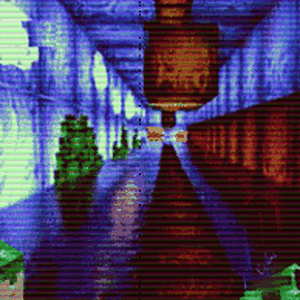
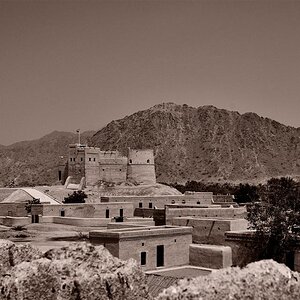
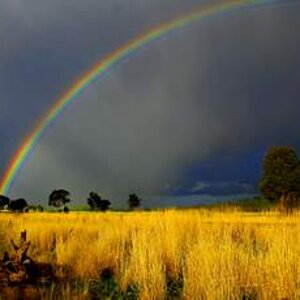
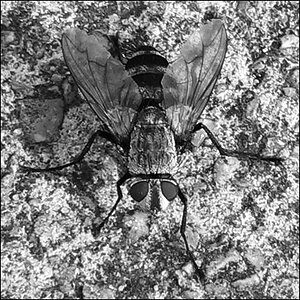
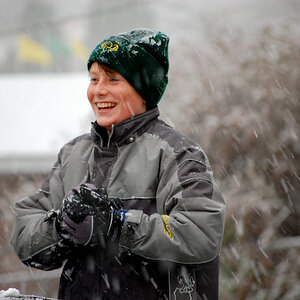
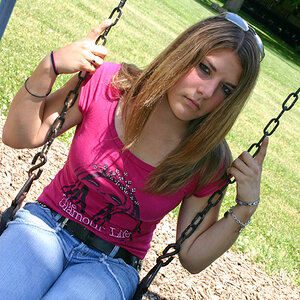
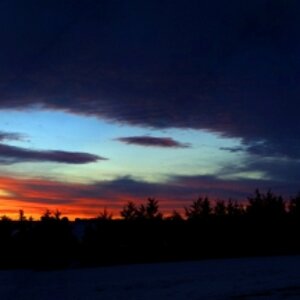
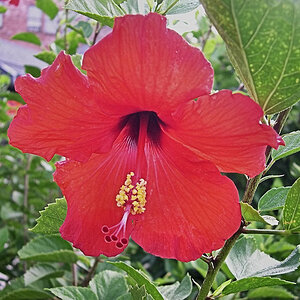
![[No title]](/data/xfmg/thumbnail/33/33337-23549254ce2ac92ac5cb86ac0366633f.jpg?1619735908)
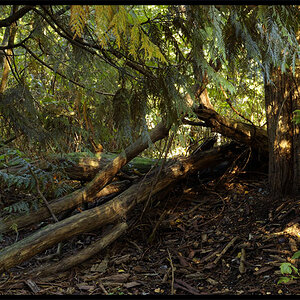

![[No title]](/data/xfmg/thumbnail/33/33340-27d18dd642b5257e4b9a04a4c1feffd1.jpg?1619735910)